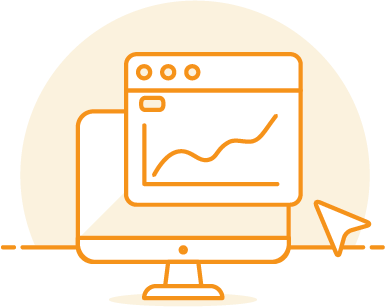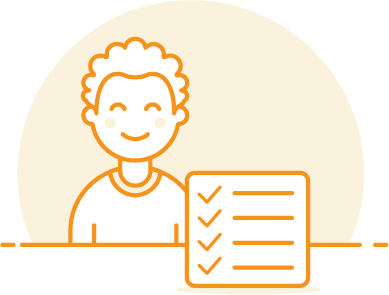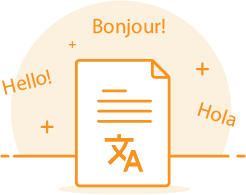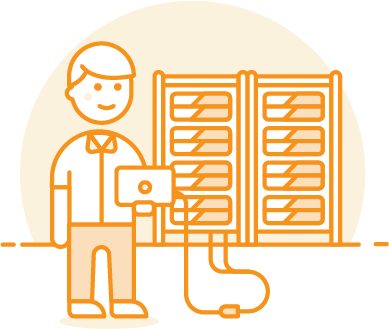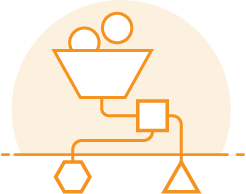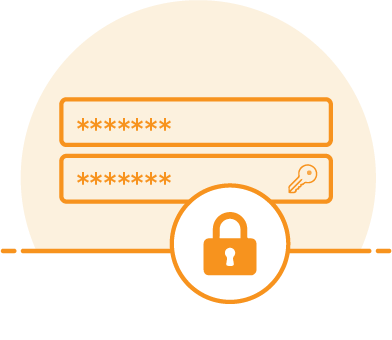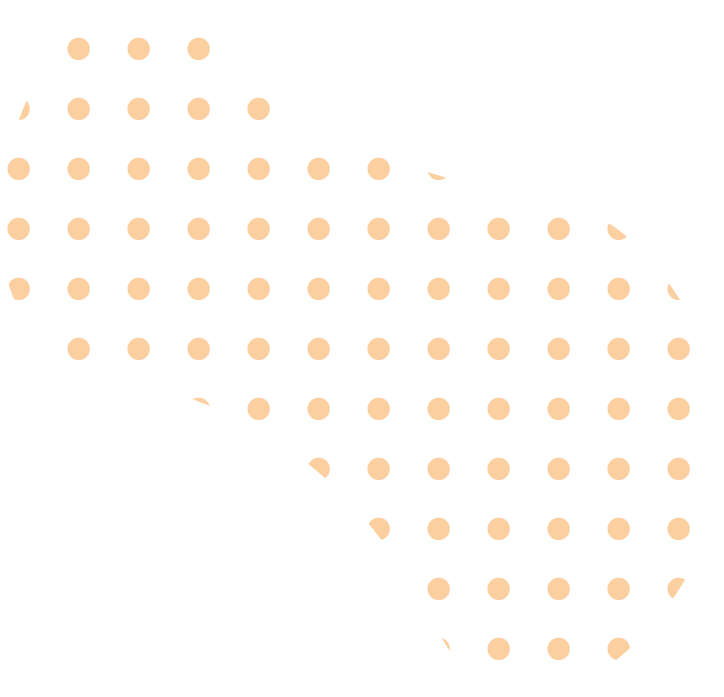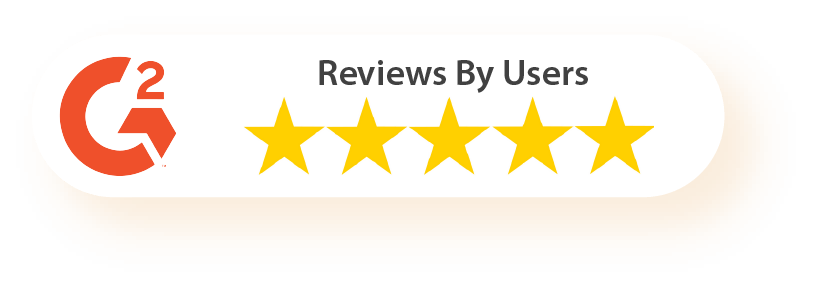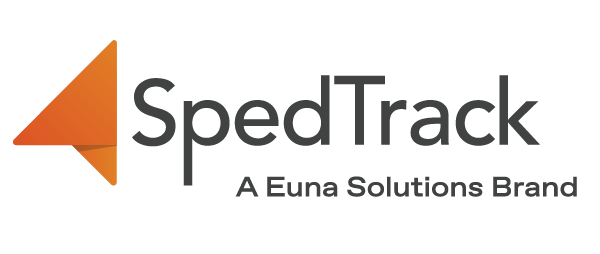What are IEP Goals?
IEP goals are tangible and measurable targets that the student is desired to accomplish by the end of the IEP term. The development of goals for a child with a disability helps set an Individualized Education Program (IEP) apart from a Section 504 Plan; The other being specially designed instruction. Goals are an integral part of providing service to students with disabilities in the educational setting.
Goals are mandated by the Individuals with Disabilities Education Act (IDEA) and are defined as follows:
- “(i)A statement of measurable annual goals, including academic and functional goals designed to—
- (A) Meet the child’s needs that result from the child’s disability to enable the child to be involved in and make progress in the general education curriculum; and
- (B) Meet each of the child’s other educational needs that result from the child’s disability…”
A common theme throughout IDEA’s definition of IEP goals is the “child’s disability.” It is written this way by design and helps to solidify the direct link between the students’s present levels of performance and their IEP goals. While IDEA mandates the presence of goals in the IEP, the Supreme Court has provided additional guidance as well.
Endrew F. v. Douglas County and IEP Goals
Endrew F. v. Douglas County set more specified requirements for writing IEP goals. The Supreme Court (SCOTUS) opinion further defined what constitutes an “ambitious” goal. The US Department of Education fact sheet, question 13 asks, “how can IEP teams determine if IEP annual goals are appropriately ambitious?” Their answer is as follows:
“As the Court stated, “advancement from grade to grade is appropriately ambitious for most children in the regular classroom;” however, the Court also noted that while these “goals may differ…every child should have the chance to meet challenging objectives.” In order to make FAPE available to each eligible child with a disability, the child’s IEP must be designed to enable the child to be involved in, and make progress in, the general education curriculum. The term “general education curriculum” is “the same curriculum as for nondisabled children.” We have previously clarified that the phrase “the same curriculum as for nondisabled children” is the curriculum that is based on a State’s academic content standards. This alignment, however, must guide, and not replace, the individualized decision-making required in the IEP process. This decision-making continues to “require careful consideration of the child’s present levels of achievement, disability, and potential for growth” as discussed in question #11.”
Furthermore, exploring question 11 reveals a common phrase, “progress appropriate in light of the child’s circumstances.” While this phrase is not fully defined by either the Supreme Court or the US Department of Education, there are some implications that can be identified. Specifically, that the idea of appropriate progress is distinctly linked to “…individualized decision-making required in the IEP process and the need to ensure that every child should have the chance to meet challenging objectives.”
What are SMART IEP Goals?
With the increased standards set by the Endrew F. Decision, goals must allow a student to make “adequate progress in light of their circumstances.” This is where SMART goals come in. SMART goals have been generally accepted in the business world for many years and have also been suggested by universities for student success. Ultimately, public schools have adopted this method of goal writing for IEP goals as well.
SMART is an acronym that refers to five principles a goal should adhere to:
- Specific
- Measurable
- Attainable
- Relevant
- Time-bound
IEP goals have been encouraged to be written using this model for many years. IEPs are tailored to students and their disabilities. To determine eligibility, school districts use assessments to determine the student’s current levels of functioning and as a result, they can establish a baseline of performance for the student.
By having this data, a case manager can:
- Write an IEP goal specific to the student
- Determine a data collection method to measure and monitor progress
- Select an appropriate and attainable amount of rigor
- Make it relevant to the present level of performance
- Make the IEP time-bound to one calendar year.
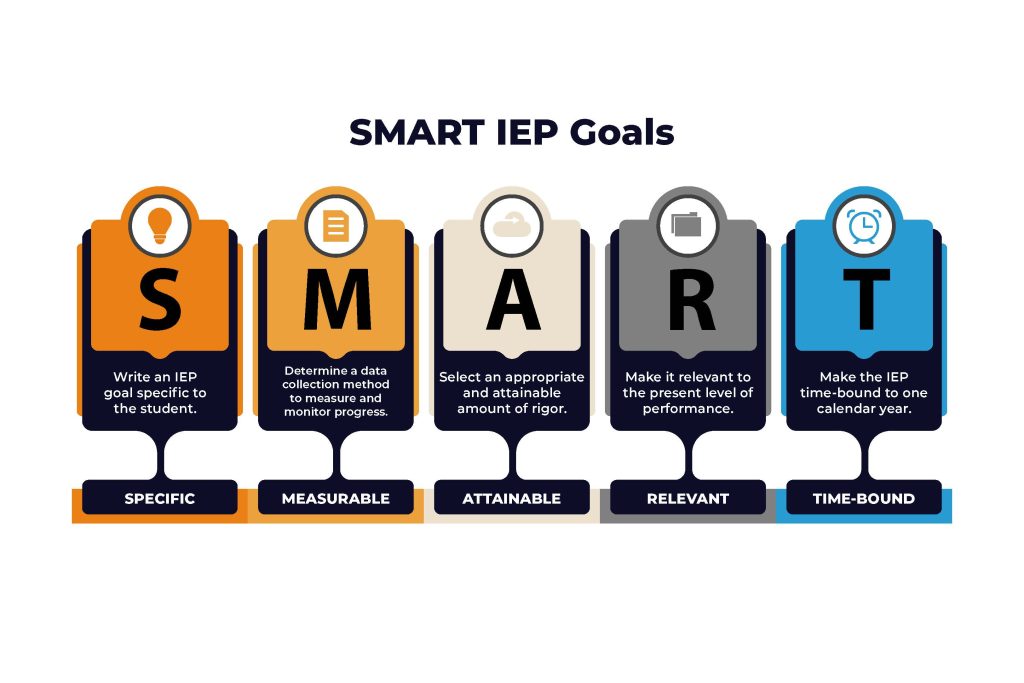
This description is oversimplified, so let’s talk about, aside from Endrew F., why SMART goals are important and break down and focus more closely on each part.
Why are SMART Goals important?
SMART goals are necessary to adequately account for students’ progress in the special education setting. These goals also drive the types of specially designed instruction provided by the special education teacher. Ultimately, that instruction and goal progress allows the student to access or progress in the general education environment in light of their circumstances.
Additionally, beyond SCOTUS decisions, good IEP goals that are written with these five principles in mind provide more information to both special education teachers and parents to make data informed decisions regarding the services and placement that are appropriate for the learner. With that in mind we will begin diving deeper into each of the five goal attributes.
Specific
When thinking about specific goals, we must consider a couple different things. First, the IEP team must consider the student’s needs as determined by their present level and area of eligibility. Second, the student’s functional performance may have an impact on the types of goals written.
For instance, if a student is identified as a child with an Intellectual Disability (ID), it may be necessary to focus on daily living skills rather than writing a five-paragraph essay. Furthermore, if the student is accessing an alternative state assessment, it may be dictated that the goals require objectives or benchmarks that contribute to the specificity of the goal. It is important that the IEP goals and objectives align.
Simply tying the goals back to the area of eligibility may not be enough to fulfill the requirement for being specific. It is likely that the IEP team will have ideas about how to implement or measure a goal. That information may be incorporated in the writing of the goal, such as using a rubric, identifying a specific content area that the goal is tailored to, or using verbal prompts. It can also include how the student will demonstrate the skill being taught. Using action words to describe student expectations adds specificity also.
While being specific may include those methods of instruction, they should not include specific curriculum. This is because curriculum comes and goes from school districts, especially digital tools that require year to year contracts.
Measurable
IDEA dictates reporting requirements that occur throughout the year to demonstrate the progress the student is making. This implies, that case managers and IEP teams need to write measurable goals. Before determining what measurement tool should be used to measure the child’s progress, the IEP team must identify what they are hoping to understand through measuring the goal. This will help provide a clear definition of how progress will be monitored.
While the goal is supposed to be well suited to the student, it should also be easily assessed. Many companies that help manage IEPs online, like SpedTrack also have access to progress monitoring tools. These tools provide helpful visuals, such as progress monitoring graphs, for administrators, teachers, and parents to better understand a child’s progress.
Keeping goals simple yet specific will help in creating IEP goals that are easily measured, while still helping the student make progress. Do not fall into the thought that every child must attain an 80 percent or better to master a topic. That may not be appropriate for the student. Additionally, consider collecting data over several data collection days or consecutive trials to ensure consistency in the student’s demonstration of a skill.
Achievable
If goals are designed to be measured over the course of the annual IEP timeline, then they also must be achieved within this timeline as well. When writing IEP goals, it is important to consider the total amount of instructional time that the student will have, assuming their attendance is better than average. At the KC International Academy, where I serve as the Director of Special Education, we have 170 school days with students face to face in an academic year, meaning the percentage of time a special education teacher is working with a student is likely far less than this.
How do you write a goal then that makes the best use of that precious time? Know where your student is actually performing. Before writing your goal, or reporting progress for that matter, take a moment and truly assess the student’s skill. Having an accurate baseline and understanding their average rate of growth is paramount to writing an achievable goal for the IEP service year.
Remember, the attainability of IEP goals is one of the most important decisions an IEP Team makes when creating goals at an annual IEP meeting. The Endrew F. decision cast a spotlight on goals, highlighting the need for them to be “appropriately ambitious.”
To ensure the IEP team is focused on these criteria, center discussions on classroom curriculum and the student’s skill to engage with it. What is the student likely to encounter in their general education classroom? What are their special education services going to do to help them gain greater access to the classroom? By answering these questions, an achievable goal can be written that is appropriately ambitious in light of the student’s circumstances.
Relevant
Why write a goal for a student that is not relevant to their eligibility criteria? This would appear to be a simple question with a simple answer of “you wouldn’t!” Honestly, it happens and sometimes for good reason.
First, consider if the goal is tied to the student’s eligibility category. If it is not, find out if it is related to an area of service for the student. There are many times that a student may only qualify for Reading Fluency services due to what was found through an evaluation but will also demonstrate difficulty with the use of phonics or phonological awareness. These difficulties contribute to the student’s difficulty with reading fluently.
As a result of this situation, the IEP team may consider writing a goal to improve phonological awareness. If this is the case, please consider writing the goal with a preface like “To improve reading fluency, the student will identify beginning, medial, and final consonants…” I understand that this may add work or even appear strange, but it provides more context to those who may be looking at compliance standards. Additionally, ensure that it is clearly stated in the present levels that “struggles with phonological awareness contribute to the student’s difficulty with reading fluency” or words to that effect.
Every goal is written with relevance in mind. If the team identifies a legitimate deficit, note it in the present levels, tie it to the area of eligibility and by all means write a goal for it; however, please do not just throw a goal in just because one of the team members says you should. Consider the request, ask clarifying questions, and if it is not relevant — do not make it.
Time-bound
Luckily, all goals are time bound by nature of the annual IEP timeline; however, I caution against writing a shinier version of the goal written last year. If your governing body (i.e. State Level Department of Education) has not already started, they are likely to start looking at students’ progress. This process, at least in Missouri, is going to be a review of several years of IEPs to determine the level of educational impact a student’s programing has offered them.
Endrew F. also has ties to this part of goal writing, like most other parts. When considering goals, the team needs to make sure goals are substantially changing from year to year. A student’s progress should not be a plateau. If it is, what is the team considering to change that? At that point, I’d say that an evaluation is in order to identify the student’s current levels of functioning. Consider how to move the student quickly along the continuum to increase their access to the school’s least restrictive environment.
SMART IEP Goal Examples
SMART goals are not limited to one specific format, so here are a few different examples:
Specific Learning Disability Goals:
- To improve math problem solving skills, June will identify academic vocabulary/phrases (i.e. sum, difference, product, all together, etc.) by circling and correctly writing the corresponding operation next to all vocabulary/phrases when presented a word problem with mixed operations on 4 of 5 data collection days before the next annual IEP.
- To improve basic reading skills, Davis will verbally identify initial consonant sounds in isolation when presented with a spoken list of 10 words with 60% accuracy on 4 consecutive trials by the end of the IEP year.
Other Health Impairment Goals:
- To improve Jared’s initiation of tasks, he will begin work within two minutes from the time instructions were provided. He will receive no more than two teacher prompts and will demonstrate this skill at least 7 of 10 consecutive opportunities by the end of the annual IEP timeline.
- Jayden will improve self-advocacy skills, by identifying his level of frustration [Blue (1), Green (2), Yellow (3), Red (4)] holding up the corresponding card in view of the teacher, moving to the appropriate safe space, and implementing a calming strategy with one prompt. He will implement this skill 70 percent of qualifying events by the next annual IEP.
Intellectual Disability Goal With Short-Term Objectives
- To improve reading and listening comprehension, Constance, utilizing teacher guidance and supports, will identify the characters and setting in a familiar story with 80% accuracy on 5 consecutive trials before the end of the IEP year.
- By October, using an anchor chart, Constance will identify the main character of a familiar story with 80% accuracy.
- By the end of December, using an anchor chart, Constance will identify the main and supporting characters of a familiar story with 80% accuracy.
- By the end of March, using an anchor chart, Constance will identify the main and supporting characters of a familiar story, with one teacher prompt with 80% accuracy. She will also identify the setting using a picture prompt with 80% accuracy.
- By May, using an anchor chart, Constance will identify main and supporting characters, and the setting of a familiar with 80% accuracy.
Manage IEP Goals and Objectives with SpedTrack
IEP goals can be daunting, and it is difficult to keep goals simple while still ensuring that measurement is manageable to monitor progress. Luckily, SpedTrack provides an interactive goal builder as well as the ability to store a goal library, making the process significantly easier.
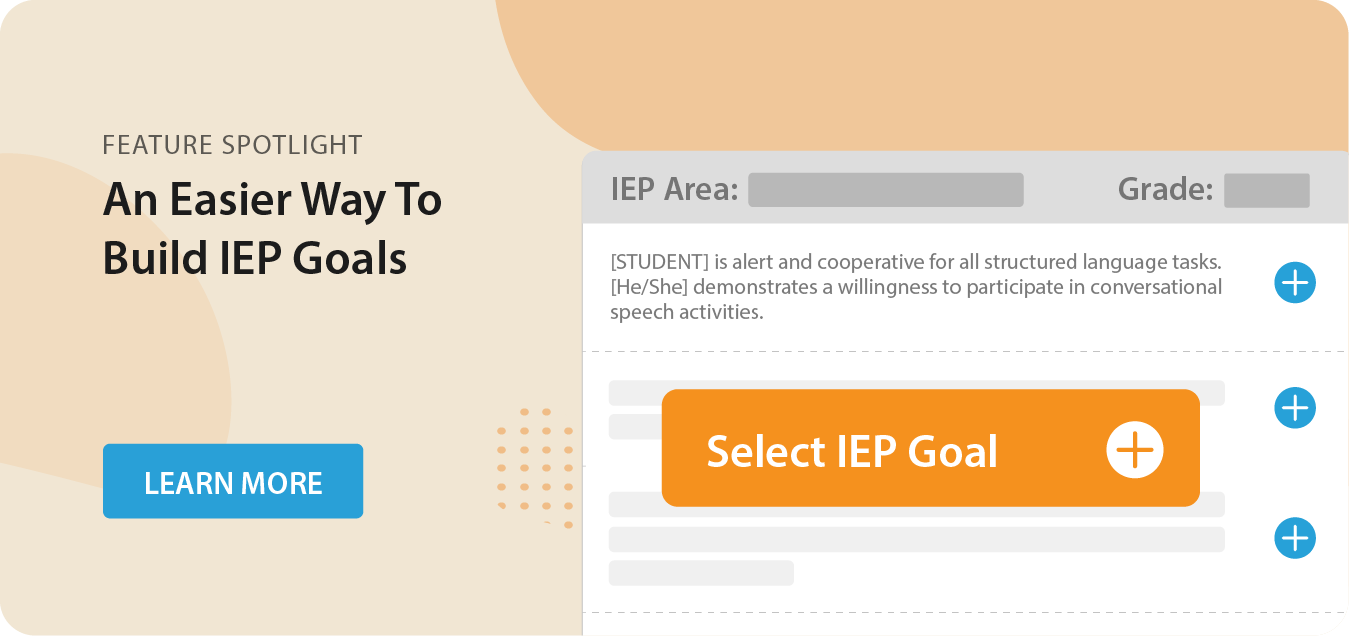
SpedTrack’s IEP management software can help you write your IEPs faster while making compliance effortless.
Request a demo today and let us show you how SpedTrack can help you and your team.


